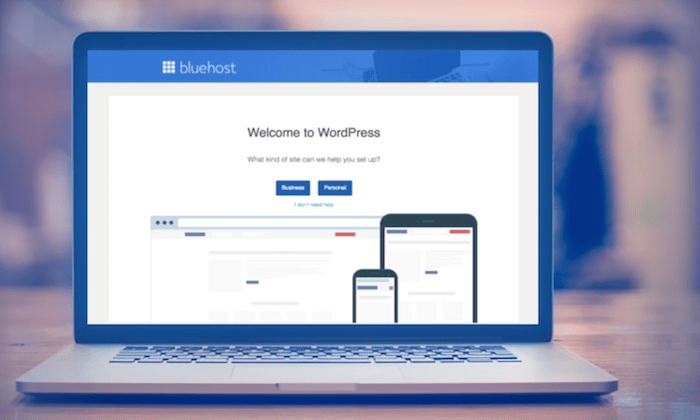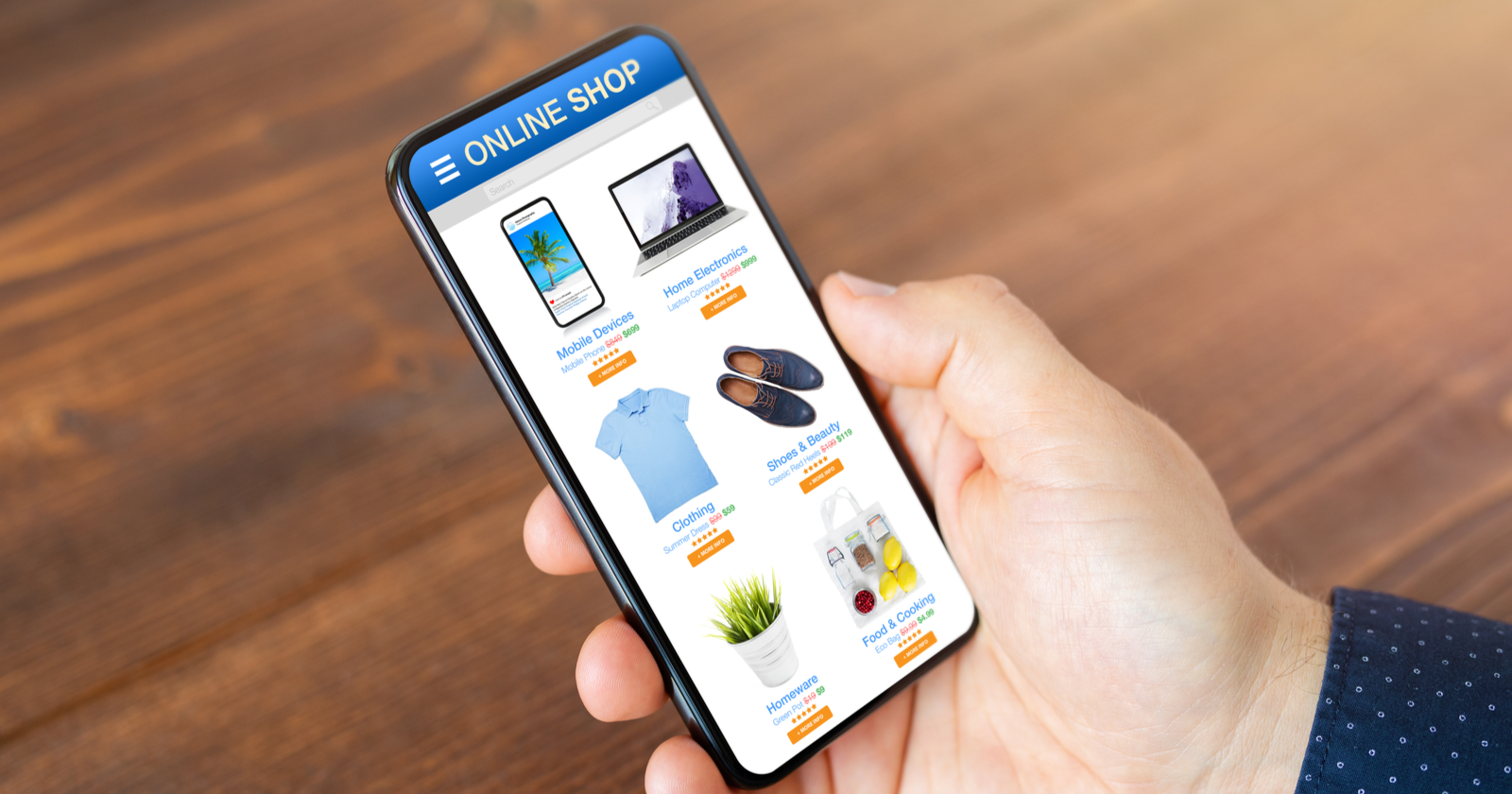Here are 7 Content Types to Create with Your Customer Testimonials
Customer testimonials are an invaluable asset for any business. They let you demonstrate your brand’s credibility and trustworthiness, enabling your future customers to make informed decisions about their purchases. But how do you leverage testimonials in a way that...

Customer testimonials are an invaluable asset for any business.
They let you demonstrate your brand’s credibility and trustworthiness, enabling your future customers to make informed decisions about their purchases.
But how do you leverage testimonials in a way that will drive real business results?
The answer lies in creating content with your customer testimonials that engage and convert customers.
In this blog post, I’ll share seven creative types of content you can use to create compelling stories and boost sales and conversions for your brand. Let’s get started!
Here are the top ways you can use your audience testimonials to support and grow your business activities.
1. Videos for Branding
It’s clear from how much we scroll through social media stories and video posts that video content is one of the most impactful and visually engaging types of content out there. Here is a good example of a video customer testimonial.
You’ll find several interesting statistics about the power of video content. For example:
Video ads on Twitter generate 2x the engagement rate for 50% lower costVideo content platform YouTube is the second most visited website everLinkedIn posts with videos get 5x as many comments as posts without video contentOrganic traffic improves by 157% when you add video (Video marketing statistics)There’s no question that video is powerful. That’s why incorporating customer testimonials into video content is a powerful strategy for amplifying your brand’s credibility and influence.
To create a compelling video using customer testimonials, start by identifying loyal customers who are willing to share their positive experiences with your brand on camera.
Send them a list of questions to answer that highlight the key benefits and value of your product or service. You could also invite them to share their personal anecdotes or real-life stories to add emotional depth to the video. These stories could showcase how your product or service has helped them overcome a particular challenge in their lives.
Keep it simple and authentic. Ask your customers to use their phone camera to record the footage. Also, use alternatives like Loom or Soapbox that will let you record your screen and camera and share videos instantaneously.
When using a video testimonial, keep it concise and highlight the most compelling parts of the testimonial. Also, add written testimonials to your video content if necessary.
Once you have created a video, share it on various social media platforms like YouTube, Facebook, LinkedIn, and Instagram.
You could also embed the video on your website’s homepage or landing pages to showcase your brand’s key features and benefits.
2. Dedicated Case Study Page
A dedicated case study page is an excellent tool for showcasing the positive impact your product or service has had on your customers.
The page, like this one, should highlight the unique challenges your customers faced and how your brand addressed those challenges to achieve positive outcomes.
Here are some tips to help you create a compelling case study page:
Choose a customer who has had significant success with your product or service. It helps if they’re also someone willing to share their story and is a strong advocate for your brand.Assemble all relevant information about the customer’s experience, including their needs, goals, and challenges. You can ask your customer to help with this by filling a questionnaire or doing an interview.Showcase how your brand addressed the customer’s needs and tackled their challenges. Use data and specific examples to demonstrate the effectiveness of your product or service.Highlight the positive results the customer achieved with your product or service. Use data and metrics whenever possible, as this adds credibility and enables potential customers to understand better how your brand can help them.Use visuals to make the case study page more engaging. Incorporate images, charts, and infographics to help break up the text and present the information in a more easily digestible format.Make the case study page easily accessible on your website. Include it in your website’s navigation menu and link to it from other relevant pages throughout your site.And don’t forget SEO. Use keywords that potential customers might use when searching for products or services in your industry.Case studies are a great way to use customer testimonials. They showcase real-life success stories and highlight the positive results your product or service can achieve. They also solidify your reputation and authority in your area of expertise.
3. Social Media Quotes
Another way to leverage a testimonial is to turn them into eye-catching and visual quotes.
You can share these on social media and your site too.
I suggest using a quote that shares a very specific experience your customer had which highlights your brand or product. For example, if a customer quotes a specific figure or metric related to their success with your product, include that information in the visual quote.
This is a great way to add content to your social media and celebrate your customers too. Social media quotes can also help to build brand awareness and increase audience engagement. Make sure to use relevant hashtags to reach a wider audience and encourage sharing with calls to action.
This simple but effective technique will help you repurpose your testimonials indefinitely on social media.
4. Website Landing Page Testimonials
Your website’s landing page is the first impression potential customers will have of your brand. It’s where people land when they click on an ad campaign link or email newsletter link.
That’s why it’s crucial to showcase testimonials to build trust and credibility with visitors.
Make sure to feature two or three glowing testimonials front-and-center on your landing page.
You can demonstrate the effectiveness of your product or service and highlight the tangible benefits it has provided for real people.
If possible, add images of your customers. It helps to have a face that represents a real customer. Also, include a title, a quote, and a specific outcome that your product or service helped with.
Testimonials on landing pages will help you boost your conversion rate. You can even add them to your checkout page to keep people feeling confident as they buy your product.
5. Newsletter Campaigns
Customer testimonials can be a great way to engage existing customers and subscribers, and one of the best ways to do this is through newsletter campaigns.
By including snippets of customer testimonials in your company’s email newsletters, you can keep your subscribers inspired.
Real life success stories often serve as ideas on ways to use your products in creative ways. They also help customers to stay subscribed and loyal to your brand when they see that others are having good results.
Make sure to add quotes, short snippets, and even images in your newsletters. But also, add links to the complete testimonial or case study so that your reader can explore them in depth to learn how to meet their own goals.
6. Presentations
If your sales team has to do presentations, then testimonials can help with this too.
In fact, customer testimonials, reviews, and ratings are great for any situation where you have to present information. Such content can help you convince investors to contribute funds to your business. They’re great for sharing slides or presentations on social media. And you can use them in industry conferences and networking events!
You can also add some punch to your webinars and online courses by showcasing customer success stories.
Presentations are visual, so they’re the perfect format to add infographics, flow charts, statistics, and even interactive elements. Adding information from your customer testimonials will help add context and better explain the impact your brand can have.
Finally, testimonials in presentations can also be used internally within your company for training purposes or as part of your marketing assets. There’s virtually no end to the ways you can leverage testimonials and grow your business.
7. Blog Posts
Informational blog posts work best when you add examples and context. And this is the perfect place to incorporate customer testimonials to make your blog posts useful.
This is great for your customers to understand how to achieve their goals by looking at success stories. And it’s good from an SEO perspective too.
There’s a better chance of your blog posts getting higher SEO rankings if Google perceives that your post has more useful information.
So, don’t hesitate to add testimonials to your blog posts – but make sure that they’re formatted to suit the purpose of the post. You don’t have to add the entire testimonial into your content, just the relevant bits. And you can also link to the testimonials so that customers can read them later.
Conclusion
There you have it. These are all the ways you can use testimonials throughout your content marketing.
So make sure that you have a plan to collect these useful pieces of information from your customers when you’re aware that they’re happy.
The different content types mentioned here are designed to do one thing: drive conversions by creating more engaging content.
By leveraging the right mix of these tactics, you can start to craft compelling stories that will build trust with potential customers, establish credibility with existing ones, and ultimately drive more sales for your business.
So, start working with the testimonials you have to see your marketing efforts lead to better results.

 Tfoso
Tfoso 
































